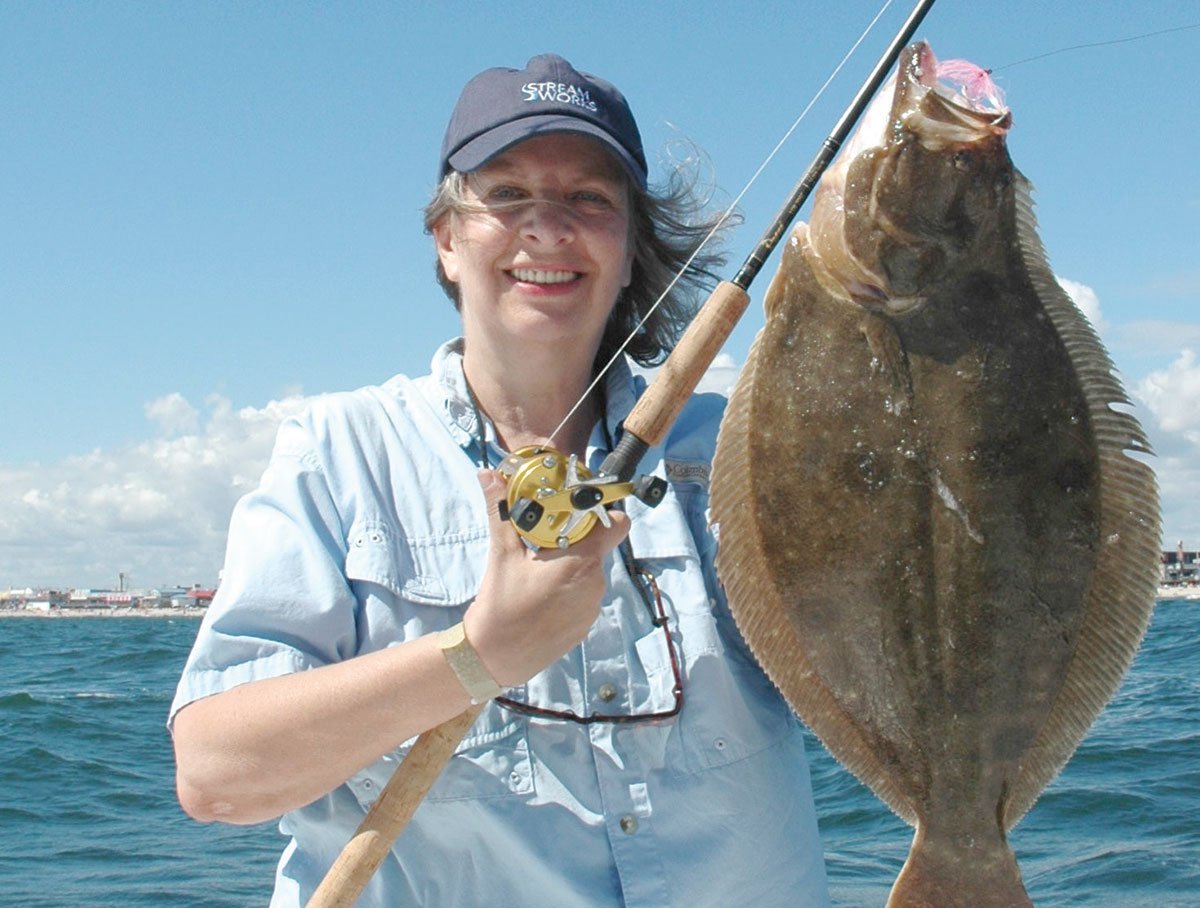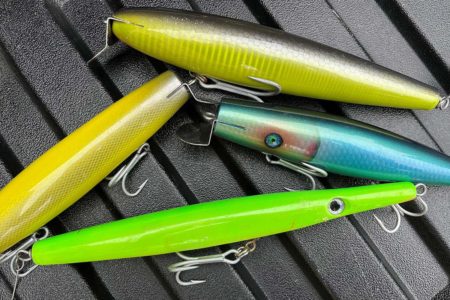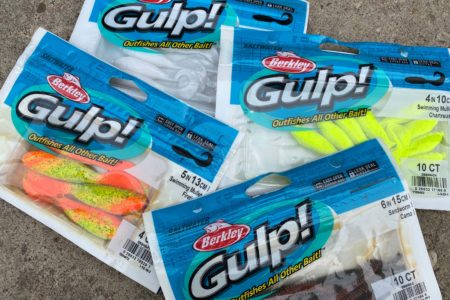
In 1991 Western Filament introduced Tuf-Line, the first superline, followed soon after by Spiderwire and Berkley’s Fireline, which ushered in the modern era of braided lines, probably the most significant fishing tackle innovation in the past 50 years. While many fishermen quickly saw the advantage of small-diameter, no-stretch lines, early braided lines were wiry feeling and didn’t handle so well. Improvements, however, came rapidly and today there’s a wide selection of superior braids for every type of fishing. The evolution continues.
Modern braids are manufactured from a microfine gel-spun polyethylene fiber called Dyneema invented by DSM High Performance Fibers of the Netherlands. Under license to DSM, Allied Signal, a U.S. company, offers the same product as Spectra. The gel-spun raw materials are supplied to line manufacturers that weave their own proprietary magic by varying the number of strands (carriers) and piks per inch (a measurement that describes how many times the line crosses itself), and by adding surface coatings or infusions that soak beneath the surface to create unique lines with special casting, handling and abrasion resistant qualities. Manufacturers can change the line’s color, how it “feels” in the hand, its toughness and limpness, and how well it retains its round shape. While braids can be made with more, or fewer, carriers, most manufacturers of quality braids settled on weaving 8-strands of gel-spun to offer the best-handling lines. Eight-carrier lines are the flag-ship products of most line manufacturers. There’s been a trend by Bass Pro, Cortland, P-Line, Power Pro and Tuf-Line toward 8-carrier braids that are woven under greater tension to make a smoother line surface with less noise when retrieved through a spinning reel roller guide, and the slick surface offers improved casting distance. Manufacturers, like Hi-Seas, often use 4- and 6-carrier lines in their lower pound tests to gain excellent handling and casting qualities by increasing the number of piks per inch.
Gel-spun lines inherently have good abrasion resistant qualities, however, adding another material to the weave can add to the line’s overall toughness. Sufix 832 uses 7 Dyneema strands and one Gore fiber. Many fishermen like this combination.
Up until Power Pro’s Maxcuatro introduction, 4-carrier braids in the mid- to high test range were often considered inexpensive alternatives to better-quality 8-carrier lines. Maxcuatro takes advantage of a new Spectra High Tenacity Fiber that uses 4 carriers to achieve 25 percent less line diameter with no discernible difference in feel or quality.
Colors can be important. A high-visibility yellow line offers more line control because you can see it in low-light fishing conditions, while a dark green or brown line will be less visible, especially underwater when casting to wary fish. Multi-color lines like Daiwa’s J-Braid and Power Pro’s Depth-Hunter help the fisherman keep track of how much line is off the reel, a feature well-liked by chummers and chunkers, shark anglers and trollers. If you want to be sneaky, Spiderwire Stealth is a translucent Dyneema that is a highly visible white color on the surface but it has a gel-coat finish that becomes semi-transparent below the water’s surface.
When choosing a braid it’s a good idea to visit the manufacturer’s websites to check out the line’s specifications and then visit your local tackle shop to see how it feels to you. Some lines are smoother than others, which helps when longer casts are necessary. Some are slightly stiffer or have more “body” and are less limp, which helps to minimize wind knots.
If the dealer has an open spool try tying your favorite knots to see how the line feels and handles while you’re twisting the fibers to make a knot. Depending on your knot-tying abilities some braids will feel friendlier and help you make a better knot connection. Some fishermen have a tough time with stiff braids and prefer a more limp line for strong knots, while others feel just the opposite and like a braid with more bulk. Your local shop can explain why local pros are using a particular brand. Surf guys often prefer a different line than what a light-tackle bay fisherman might need, a freshwater bass fisherman may want something very different than a tuna chunker. Anglers who need a hollow braid for making spliced loops and low-profile connections between the braid and mono leaders have several excellent options; Jerry Brown Line One, Power Pro Hollow Ace and Tuf-Line Guides Choice.




